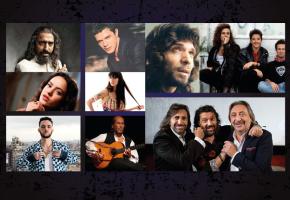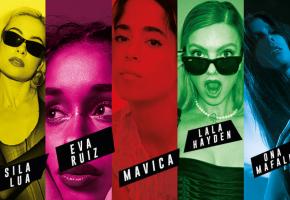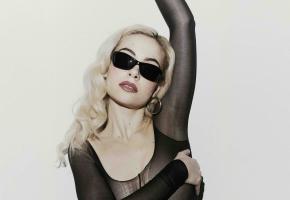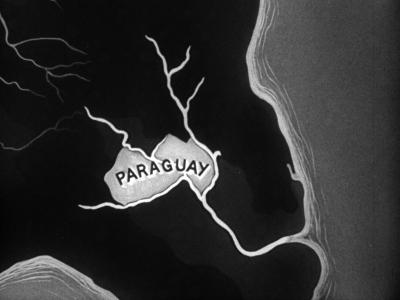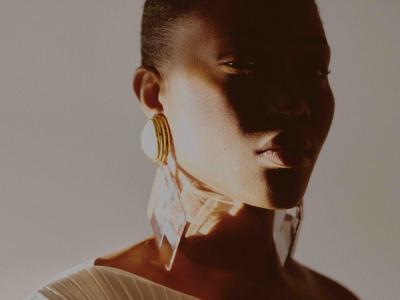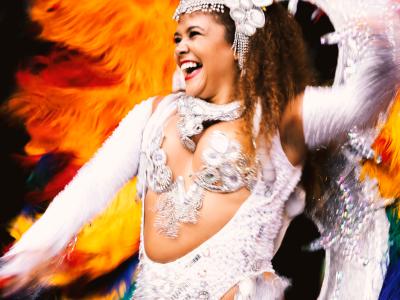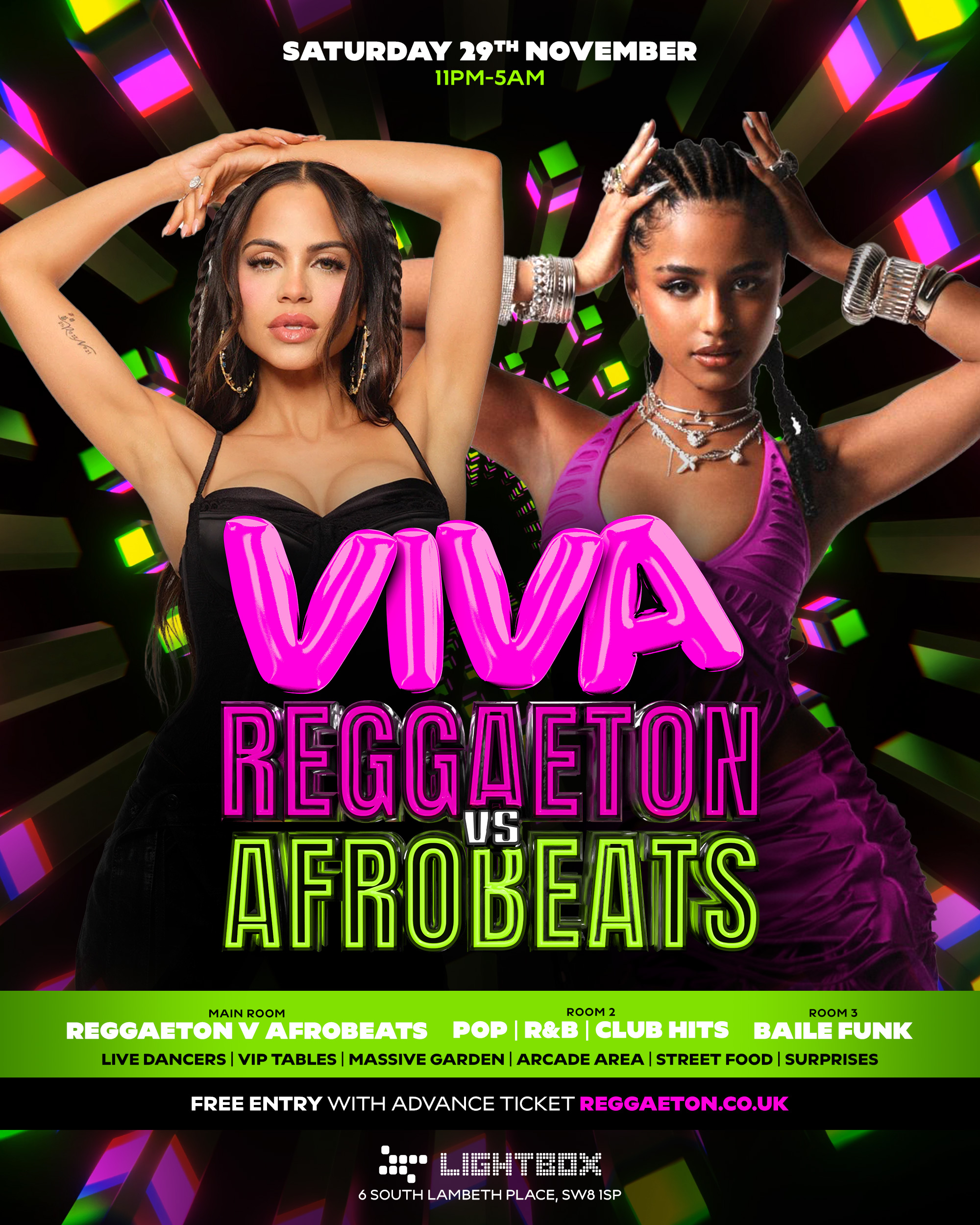1.El Planeta is one of the first flamenco singers of whom we know anything about. Born in 1785 in Jerez de la Frontera, he is said to have invented the martinete, a style of flamenco with a strong emphasis on percussion, which is said to imitate the anvil and hammer of the gypsy blacksmiths. His name derives from the ancient gypsy belief in the power of the stars.
2. La Niña de los Peines (1890-1969) made her debut in Madrid in 1903 when she was just thirteen and soon went on to become one of the most sought after flamenco singers. Her untrained voice was said to be the flamenco equivalent of the blues singer, Ma Rainey, due to its powerful, emotional quality. Lorca spoke of her almost supernatural performances, raw with duende, a quintessentially Spanish artistic requirement, which loosely translates as ‘having soul or spirit’.
3. Camarón de la Isla (1950-1992). Perhaps the closest thing flamenco has had to a singer of rock star status, Camarón was as talented as he was self-destructive. At the tender age of seven, after the death of his father, Camarón began to sing in the taverns of Madrid to earn money. His voice was famous for its unparalleled gypsy depth, and his collaboration with the guitarist Paco de Lucia produced a vast number of heralded albums. During a ten year period they performed principally orthodox flamenco; after their split, Camarón began to experiment with various other instruments, including the bass, drums and even the sitar, for which he was highly criticised. His rock and roll lifestyle and drug addiction led to his early death at the age of just forty-two.
4. Carlos Montoya (1903-1993), the flamenco guitarist, is widely considered to be the founder of modern day flamenco. His uncle, the highly acclaimed Ramón Montoya, refused to pass on his skills and so the young boy was forced to teach himself. Carlos had the last laugh; by the age of fourteen he was accompanying dancers and signers in his hometown of Madrid. He claimed to play in the mood that captured the moment, and, as a consequence his style is less than conventional. He often abandoned the traditional compás, furiously building up to astonishing tempos, as his lightning fingers whirled across the frets at unbelievable pace. Needless to say, traditionalists discredited his skill, though he toured the world extensively, working international audiences into a frenzy over his passionate renditions.
5. El Farruco (1935-1997) His life was defined by heart-wrenching tragedy, and, as a consequence, his performances were wrought with powerful duende and expression. He was married at just fourteen, a father at fifteen, widowed at sixteen, and his only son died at the age of eighteen in a tragic road accident. He was a son of the great Montoya flamenco dynasty and from a very early age, he danced alongside his mother, La Farruca, a Morrocan beauty of unequivocal grace. His overweight and portly frame seemed at odds with the elegant nature of his profession but the raw explosiveness of his performances, which never underwent any formal training, soon made him a household name.
6. Matilde Coral (1935-) started to dance professionally at the age of sixteen, having to borrow her older sister’s I.D. in order to be able to work. Renowned for the effortless fluidity of her movements, she is the only person to have received the prestigious prize, Llave de oro de Baile for her dancing in 1975. She began giving free flamenco lessons in her mother’s dining room in Seville and has dedicated her life to promoting the quintessential grace of the Sevillian style.
7. Paco de Lucia (1947-) Born into a musical family in 1947, Paco’s father soon detected his musicality and began to train him. By the age of eight, he was practising fourteen hours a day, under the strict guidance of his father. He soon became one of the most renowned guitarists in the world for his innovative style which he developed with the vocalist Camarón de la Isla. Throughout his career he has promoted the purest forms of flamenco alongside his own brand of flamenco fusion, which incorporates the use of the clarinet, flute and bass guitar.
8. Nuevo Flamenco is widely agreed to have been born with Lole y Manuel’s first album Nuevo Día. The genre encompasses a wider variety of many others, including pop, rock, jazz, blues, Cuban and African rhythms. Look out for the band Triana, who fused rock and flamenco traditions, or Pata Negra who sought to blend the blues into the flamenco tableau. Chano Domínguez is said to be the most popular jazz flamenco pianist on the scene at the moment, adapting the use of the piano to many traditional Spanish music genres, but maintaining a strictly improvisational approach.
9. Vicente Escudero (1882-1980) His utter refusal to conform to the traditional tempo, or compás, of flamenco, served to give him a reputation as the most controversial dancer of our times. As a boy, he danced to machinery or anything he could find a rhythm to, including, or so he claimed, the sound of the wind. His disregard for tempo and his opinion that following tradition was merely to steal the style of others made him unpopular among many other flamenco artists, who refused to work with him. However, his natural grace and ability to perform in such an expressive manner made him a roaring success with the Spanish public right up until his death.
10. Feria de Abril. This festival is flamenco incarnate, the singular most important event of the flamenco calendar. The men and women of the town of Seville in Southern Spain don their finest; el traje corto, in the case of the men, which consists of tight trousers and a short jacket. But it is the women who really light up the occasion. Jewel-coloured dresses of ostentatious frills and patterns flounce and dance through the streets for the entirety of the six day festival, held traditionally two weeks after Easter. Dozens of marquees line the banks of the Guadalquivir River, where guitarists strum, singers wail and dancers twirl throughout the night, well into the early hours.



